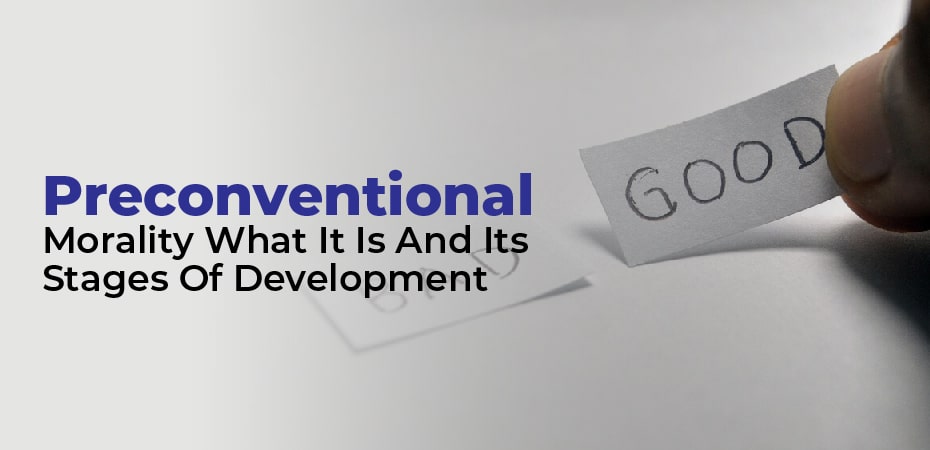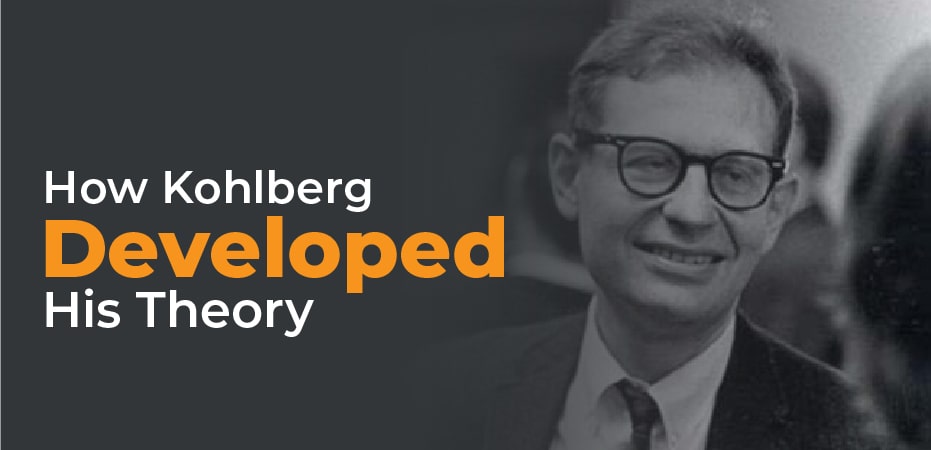
Preconventional Morality: What It Is And Its Stages Of Development
Table of Contents
A theory that focuses on how children develop morality and moral reasoning within the framework of Kohlberg’s ethical development theory. Kolberg’s theory proposes a series of six stages of moral development, with each stage defining a different aspect of morality. In addition to that, the theory further argues that moral logic is primarily driven by the pursuit of and maintenance of justice. However, we shall discuss all the stages of moral development including preconventional morality.
How Do You Develop Morality?
What is the process of moral development? Moral development has long been a subject of fascination for parents, religious leaders, and philosophers. But psychological and educational explorations have made this question one of the hot topics in psychology.1 Are parental or societal influences more influential on moral development? Can you analyze the moral development of children as a whole?
Kohlberg, a psychologist from the United States, developed one of the best-known theories that explore some of these fundamental questions. This book modifies and extends Jean Piaget’s previous work but concentrates more on explaining how children develop their moral reasoning than any previous work on his part.
What was the difference between the two theories? As we know from Piaget, moral development can be separated into two stages. Kohlberg further developed Piaget’s theory by proposing that moral growth is a continually occurring process that occurs throughout a member of the family. Kohlberg discussed six stages of moral development within three different levels he classified according to his theory.

How Kohlberg Developed His Theory
A series of moral dilemmas were presented to Kohlberg’s research subjects, which he subsequently incorporated into his theory. It was also planned to interview the participants to determine what reasoning they used to reach their decisions.
One of the examples was the movie “Heinz Steals the Drug.” In this movie, the protagonist is a cancer victim whose doctors believe that only one drug might be able to save her. He discovered the drug by accident, and he has been able to profit greatly from it. Despite her best efforts, the woman’s husband, Heinz, could only raise $1,000 to purchase the drug.
In an attempt to negotiate with the pharmacist on a lowering of the price, he requested a credit card to pay for the items over a longer period. However, he refused to accept payment in part or to sell it for any less than what it is worth. As Heinz was rebuffed, he instead chose to break into the pharmacy and steal the medicine to save his wife.
Moral Development Stages
According to Kohlberg, there are three primary levels to his theory. Two stages of moral development are present at every level. Kohlberg believed that not all people can attain the highest levels of moral development, similar to the belief of Piaget that not everyone reaches the highest levels of cognitive development.
Level 1 Of Moral Development: Preconventional Morality
A preconventional morality is the earliest moral development. This lasts until about age 9. In this age group, kids mostly follow the expectations of adults and break rules based on the consequences. These stages are:
Young children are especially capable of making the connection between punishment and obedience. Men are at this stage of trying to impose rules. By following the rules you will avoid punishment.
They learn to appreciate other individuals’ viewpoints and to evaluate their actions based on their needs. Children argued that Heinz would be best served by the option that served his needs best. The possibility of reciprocity exists at this point, but serving one’s interests is paramount.
Level 2 Of Moral Development: Conventional Morality
After accepting social rules regarding what is good and moral, the next moral phase begins. As teenagers and adults, we internalize the moral standards we learn from our role models.
Conforming to the group’s norms and accepting authority are also key changes during this period. Morality at this level has two stages:
A stage of moral development is known as the “Good Boy-Good Girl” orientation. This stage emphasizes what it means to live up to social expectations and role models. Relationships are affected by conformity, being “nice,” and how choices influence relationships.
It is crucial to Maintain Social Order at this stage. People begin to make judgments about society as a whole at this stage of moral development. Respecting authority, doing one’s duty, and following the rules are the cornerstones of law and order.
Level 3 Of Moral Development Postconventional Morality
As people develop moral awareness, they begin to understand abstract moral principles. They include:
As in the previous stage, the concept of individual rights and the social contract can create a new level of consideration for other people’s views and opinions. If laws are to be upheld, members of society must agree upon them.
The final stage of Kohlberg’s moral reasoning is based on universal, abstract principles. Even if they do not conform to laws and rules, the internalized principles of justice are followed.
Conclusion:
Despite Kohlberg’s criticisms, his theory played a significant role in establishing the field of moral psychology and preconventional moral development. As well as how moral reasoning changes and develops throughout life, researchers continue to explore its universality. In addition to providing insights into moral choices made by children and adults, these stages can provide insight into how moral thinking can influence decisions and behaviors.